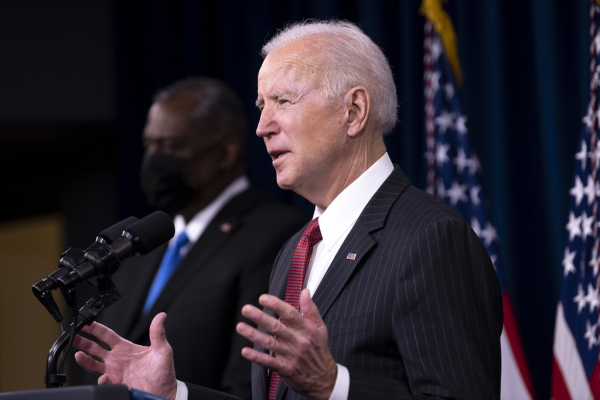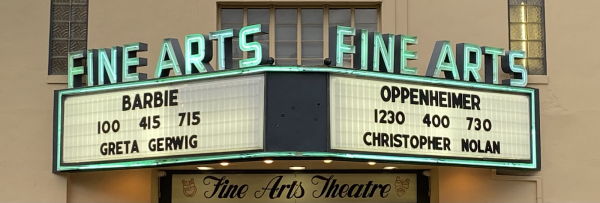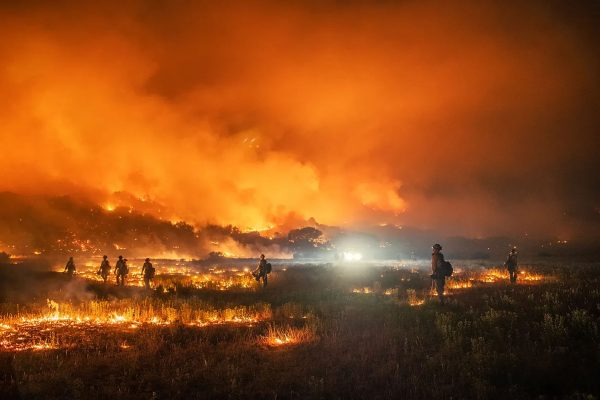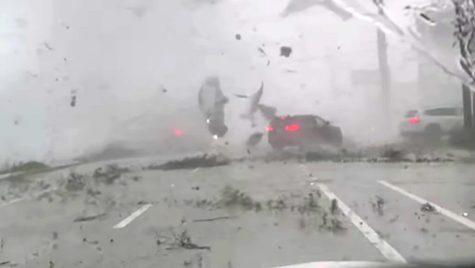It’s Not All Sun and Games
The beach, much like visiting Disney World or rooting for the Miami Heat, is a large part of the Floridian culture. However, unlike the latter two options, the former can be quite dangerous if you’re not protected. Some Floridians realize the importance of sunscreen during recreational activities, but do they realize that it is a life or death matter? Do they know that more people have had skin cancer over the past 30 years than all the other types of cancer combined, says the Skin Cancer Foundation? Floridians live in paradise, but it comes with a cost. That cost can easily be taken care of; people just need to be aware of the dangers of the sun. The same sun that makes for a pleasant day at the beach beats down on students when they are outside at school, so it’s about time that schools take action against it.
The Benjamin School has recently added a policy that encourages students in the Lower School to wear a sunhat and sunscreen with their uniform. “We want the students to know that it is okay to wear a hat,” said Mrs. Karen Velinsky, the head nurse for the lower and middle school. Wearing a sunhat and sunscreen over 15 SPF during the student’s recesses and lunch will reduce the student’s chances of developing a skin cancer, especially a melanoma, by over 50 percent, according to the Skin Cancer Foundation. Melanoma is the most dangerous type of skin cancer, and it kills one person every 57 minutes. It is skin cancer that is formed in the pigment skin cells and typically shows up as an irregular brown spot. They are most common on the legs in women and on the back in men. Unfortunately, Mrs. Velinsky and the lower school administration were not able to make this program mandatory. She said, “It is really the parents’ decision, but we strongly suggest it”. Although it is just optional, Mrs. Velinsky estimates that a few dozen students are wearing sunhats, especially in the younger grades.
“This summer has been really hot,” added Velinsky, and it will continue to be hot during the first few months of school. In the month of September, the average high temperatures are in the high 80’s, and the average lows are in the mid 70’s. More importantly, the ultraviolet (UV) index is still very high during the beginning of the school year. The UV index is how strong the UV rays are on a particular day depending on the cloud cover. UV rays are a major risk factor for most skin cancers according to cancer.org, and the UV index is more predictive of skin damage than the temperature (i.e. a cold clear day is more dangerous than a hot cloudy day). However, some UV rays can penetrate the clouds, so people should wear sunscreen even if it is cloudy. Mrs. Velinsky’s goal for the initiative is to teach students about sun protection, so even if few students wear hats and/or sunscreen, at least they will have more knowledge about the dangers the sun can pose.
Every year at The Benjamin School there is a “Crazy Hat Day” where students wear the craziest hat they can find. One of the ways that the school could promote sun protection could be to have a dermatologist or a school nurse speak about the importance of sunhat protection during that day and to have the students design “crazy” sun hats. In that way, Benjamin might be paving the way for sunhats to be socially acceptable.
Students in the Middle School sit outside for lunch for a half hour every day, and they are exposed to midday sun. Some tables are covered by umbrellas, but many are left exposed. Mr. Hagy, the head of the middle school, is thinking about adding more sun protection for students during lunch. “I would like to add more umbrellas on the tables or even get a canopy to over the whole lunch area”, he said.
A local dermatologist, Dr. Shawna Flanagan, agrees with Mrs. Velinsky. “I think that if students are having physical education class or recess during peak UV (ultra-violet) hours (10:00 am – 2:00 pm), students should be allowed and encouraged to wear a hat and sunscreen,” she said. UV rays damage skin cells, DNA, and are carcinogens. “Effects of long term exposure to UV radiation are skin cancer, sunburns, suntans, early aging, and wrinkles,” claims the American Cancer Society.
One of the reasons that the skin cancer rates are up is because sunscreen and sunhats are not very popular with everyone and are not used as much as they should be. Sunscreen takes time to put on, and many families may feel that they do not have that kind of time during the morning or during the day. “I think if sunscreen were easier to apply, more students would use it,” noted Dr. Flanagan. “I also think that if it became a trend or more socially acceptable to apply sunscreen and wear a hat during school when going out in the sun, more students would be willing to use it. In fact, Heliocare, a skin protection company, is now making a pill that helps build up the skin’s natural defense to UV rays that can be taken daily. However, this pill does not replace sunscreen. ”Skin needs to be protected because it is the largest organ in the human body; it protects the internal organs from injury; it is a barrier to germs, and it regulates the temperature in the body. Also, 80 percent of an average person’s sun exposure is before the age of twenty, and one blistering sunburn over the course of a lifetime increases the risk of skin cancer. Skin cancer can actually be found in young children if they are not instructed to take the proper precautions. Even though they are young, students and children need to always be protected from the sun because sun damage during childhood will come back to haunt them in the future.
The American Cancer Society has a Slip! Slop! Slap! and Wrap!® rule that all people should follow. People should slip on a shirt to protect their bodies and torsos, slop on sunscreen, slap on a hat to protect their scalps, and wrap sunglasses around their heads to protect their eyes. This campaign started in Australia, the land of sun damage. Australia has the fourth highest mortality rate from skin cancers in the whole world, according to World Health Rankings. Because the initiative was so successful there, the American Cancer Society decided to adopt it.
Dr. Manju George, a pediatric dermatologist in Palm Beach Gardens, started a schoolwide sun protection program called SunSmart America at St. Mark’s Episcopal Church and School. SunSmart is a sun protection program that originated in Australia and was brought to America by the Richard David Kann Melanoma Foundation. This program provides teachers lessons to educate the students about sun protection. Along with SunSmart America, Dr. George also started a sun-safe hat program that allowed parents to buy sunhats that students could wear while they were outside on the playground. She would like the program to be mandatory, but she has encountered problems doing that. One of the problems was that parents were worried that head lice could be transmitted via the hats. She also would like students to be wearing sunscreen during school hours, but many sunscreens have warnings saying “keep out of the reach of children, ” and it seems parents were concerned about their children’s applying sunscreen themselves. Another way to protect the students while they are outside would be to put a shade over the areas on which they play. The American Academy of Dermatology offers a playground shade program for which schools can apply that will give the school a grant to build a canopy. Dr. Kinney, a retired dermatologist, received a grant for a shade at Palm Beach Gardens Elementary. However, Dr. George thinks that sun protection in children is still not given enough attention. “Tanning is still such a big issue… I think children and teens are becoming more educated, but they still don’t fully understand the long term implications of UV damage.”
As the sun continues to beat down on South Florida, schools are giving sunburns and skin cancers a good fight. These sun protection programs will shield students from the sun while preventing sunburns and skin cancers. However, these initiatives need to be taken seriously by parents, students, teachers, and school administrations so that they will become more widely adopted. Now, the next step and challenge for the schools is to make these programs mandatory and part of the uniform.









